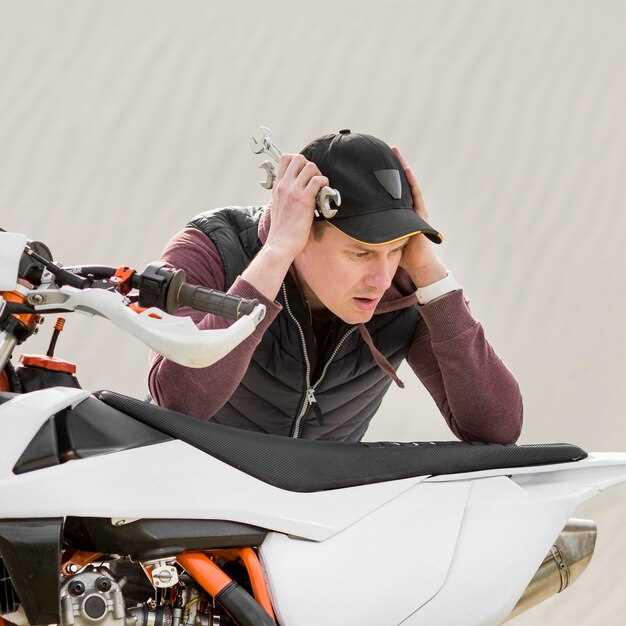

In the world of motorsport, cornering is not merely a skill; it is an art that separates champions from amateurs. Mastering cornering techniques is essential for any driver seeking to enhance their performance on the track. With the right approach, even novice racers can learn to navigate turns with precision and speed, putting them on a trajectory toward victory.
Understanding the fundamental principles of cornering is the first step toward mastery. It involves not only the mechanics of the vehicle but also the psychological aspects of driving. Successful cornering techniques require a harmony of throttle control, braking, and steering input. This balance allows drivers to maintain their momentum and minimize the loss of speed while tackling challenging curves.
This article will delve into the essential elements of cornering techniques, drawing insights from professional racers. From trajectory planning to weight distribution and beyond, we’ll explore how these factors influence your ability to tackle corners like a seasoned champion. Embrace the journey to transform your driving skills and propel yourself into a new echelon of racing prowess.
Understanding Weight Distribution for Optimal Cornering
Weight distribution plays a crucial role in cornering performance. It affects tire grip, balance, and overall handling characteristics of a vehicle. Optimal weight distribution ensures that the tires can maximize their contact with the road surface, leading to more controlled and precise cornering.
In general, vehicles can be categorized by their weight distribution: front-heavy, rear-heavy, and balanced. Front-heavy vehicles tend to understeer, as the front tires bear more weight, leading to reduced grip when turning. Conversely, rear-heavy vehicles are prone to oversteering, where the rear loses grip first. A balanced configuration often provides the ideal handling characteristics, allowing for predictable cornering responses.
Understanding the dynamic changes in weight distribution during cornering is essential. As a vehicle enters a turn, weight shifts toward the outside tires due to centrifugal force. This shift can cause the inside tires to lose grip. Skilled drivers anticipate these changes, adjusting their throttle and steering input to maintain control. Trail braking, where the driver continues to brake into the corner, can help shift weight forward, enhancing front tire grip and aiding in steering response.
To further refine weight distribution, adjusting suspension setup–such as spring rates and damping–can significantly influence how a vehicle behaves during cornering. Additionally, tire selection and pressure can directly impact how well the tires respond to shifts in weight.
Ultimately, mastering weight distribution provides a significant advantage in cornering. By balancing vehicle dynamics, drivers can achieve greater stability, speed, and confidence on the track or road.
Adjusting Your Line for Maximum Speed through Turns

To maximize speed through turns, it is essential to adjust your racing line effectively. This involves understanding the dynamics of cornering, the vehicle’s behavior, and the ideal path to maintain momentum. Here are key strategies to consider:
- Identify the Apex: The apex is the innermost point of a corner. Hitting the apex correctly allows you to accelerate sooner, thus maintaining higher speed throughout the turn.
- Choose the Right Entry Point: Entering the turn at the correct angle sets you up for a smoother exit. Aim to start wider before cutting in towards the apex, then gradually unwind the steering as you exit.
- Utilize the Track Width: Make full use of the track. Position your vehicle to maximize available asphalt, ensuring you can carry more speed through the turn.
- Brake Before Turning: Braking while entering a turn can destabilize the vehicle. Instead, brake in a straight line before initiating the turn to keep weight distribution balanced.
- Throttle Control: Modulate the throttle as you approach the apex. Gradually applying throttle allows for better traction and prevents losing grip, especially on the exit.
- Look Ahead: Keep your eyes focused on where you want to go, rather than directly in front of you. This enhances your ability to react and adjust your line as necessary.
By implementing these techniques, you can significantly improve your cornering speed and overall lap times. Remember, practice is key. Consistent repetition of these adjustments will sharpen your instincts and familiarity with your vehicle dynamics.
- Practice different line adjustments on various corner types.
- Analyze video footage of your laps to identify areas for improvement.
- Seek feedback from experienced racers or coaches to refine your technique.
Practicing Body Positioning to Enhance Control During Corners

Body positioning is critical for maintaining control and achieving optimal performance during cornering. Proper technique can significantly affect vehicle stability and speed. By focusing on three key aspects–weight distribution, body alignment, and vision–you can master the art of cornering.
Weight Distribution plays a pivotal role when entering and exiting corners. Shifting your body weight towards the inside of the turn helps create a lower center of gravity, improving grip and stability. Begin by leaning into the corner, allowing your body to move toward the handlebars (or steering wheel), which helps counterbalance centrifugal forces. This shift not only enhances traction but also allows for smoother transitions during throttle application.
Body Alignment is equally essential for effective cornering. Your upper body should remain relaxed and agile, permitting quick adjustments as needed. Keep your elbows slightly bent and knees drawn in, forming a snug connection with the bike (or car). This alignment enhances your ability to make immediate adjustments to steering inputs. Ensure your head is positioned properly, looking through the corner rather than at the apex, which aids in maintaining focus and line selection.
Vision during cornering cannot be overstated. Anticipating the upcoming curve involves looking beyond the immediate turn. Focus on the exit point and visualize the trajectory you plan to take. This proactive approach not only prepares you mentally for the corner but also allows for smoother throttle application and braking adjustments. Practice scanning the road ahead to identify potential obstacles, improving not only your reaction time but also your overall confidence.
Implement these techniques during practice sessions to build muscle memory. Set up a series of corners on a safe track or course, and focus on executing each turn with intention. Over time, these adjustments in body positioning will become second nature, leading to enhanced control, speed, and overall riding (or driving) experience.





